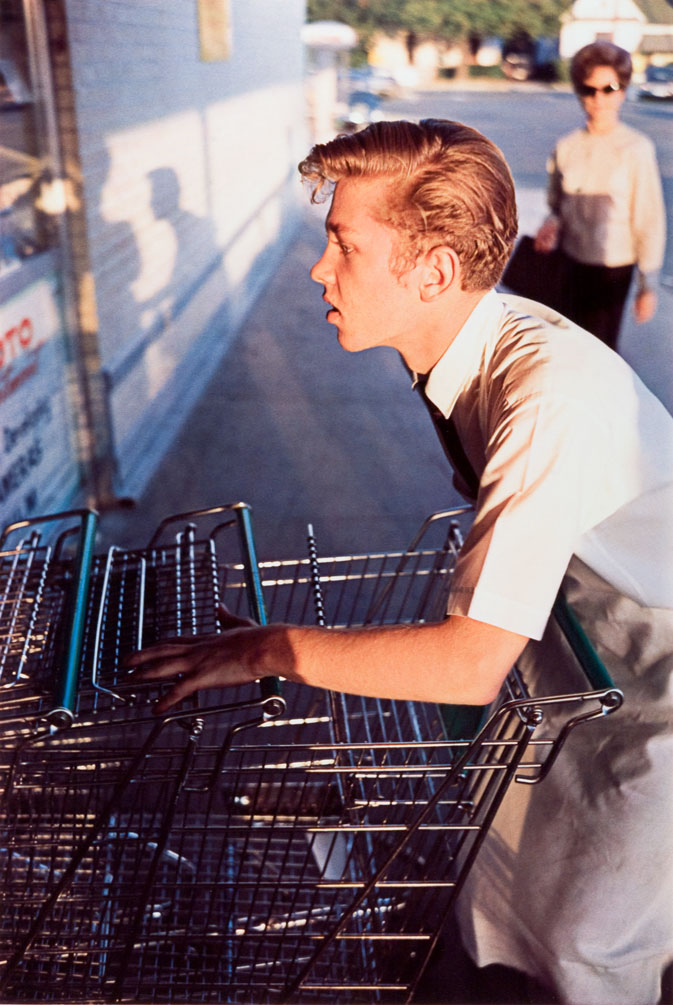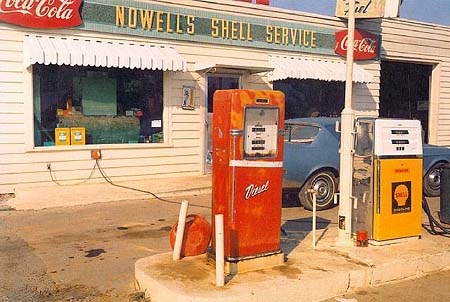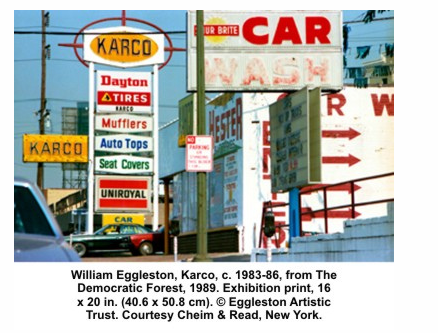 Street photography has been around since the advent of cameras. Early photographers made street photographs for their personal interest, but it was with studio portraits or artistic landscapes that they paid the bills or achieved artistic recognition. To a certain degree that trend remains. I have yet to see a photographer admit to earning goo money from street photography alone. Despite this, street photography continues to be a genre that attract many photographers and many of them pursue this genre as a passion.
Street photography has been around since the advent of cameras. Early photographers made street photographs for their personal interest, but it was with studio portraits or artistic landscapes that they paid the bills or achieved artistic recognition. To a certain degree that trend remains. I have yet to see a photographer admit to earning goo money from street photography alone. Despite this, street photography continues to be a genre that attract many photographers and many of them pursue this genre as a passion.
While there are many definitions on what constitutes “true” street photography, my personal preference is the one defined by LFPH as “un-posed, un-staged photography which captures, explores or questions contemporary society and the relationships between individuals and their surroundings.”
Essentially, street photography captures people and places within the public domain.
Street photography does not need to include people although it usually does. Some photographers feel very strongly about this and insist that if the image does not contain people, it does not fall under the true definition of “street photography”. I don’t completely agree with that view. My view is that any image as long as its situated in public environments – often but not exclusively, urban settings – falls under the definition of street photography.
Another important aspect of street photography is the sense that the captured scene is unplanned, with an absence of prior arrangement. Generic scenes from pre-planned public events do not have the same feeling of chance encounter and spontaneity. Many street photographers feel that going to an organised event and taking images there does not fall under the category of “true” street photography. Again, I am not in complete agreement. There is nothing to say that if a photographer knowingly attends an organized event he or she might not still be able to capture a spontaneous and unrelated street scene. There is some element of social documentary in street photography. If not, then all the images would be without intent. Images without intent don’t tell a story and therefore don’t leave a lasting impression. After all, if you cannot be stimulated to contemplate the story being told by the image, there is a strong likelihood you won’t remember the image.
Shooting styles are also debated. There are two ways to shoot images on the street, openly or covertly. Many street photographers prefer the latter. Being open about shooting a picture of a stranger on the street is emotionally demanding. It’s takes a lot of chuzpah to go up to someone and risk hostility.
When it comes to street photography, it’s quite hard to get good images. Sometimes you have to wait a long time for something of interest to happen. (Decisive Moment)
While the debate on what constitutes as street photography continues to rage, there are some areas that street photographers can agree on.
- Traditionally, street photographs have been in black and white often with a gritty feel or texture to the images. In Black and Images, form, texture and shape play very a strong role in composition.
- Nowadays, the color medium is also acceptable. It adds another dimension to the elements that can add interest to the composition.
- Images with People (the preference being not to shoot the back of people) and
- Without People (give the viewer a sense of place)
- Gestures are important
- Unplanned to a very large degree
- Capture the whimsical life of the street
- The ability to capture a Juxtaposition of contrast (people or place)
- Should have Intent – the photos should tell a story. The intent is to give us a sense of life and contemplate what is happening or could happen next.
Subjects and settings can vary greatly but the key elements of spontaneity, careful observation and an open mind ready to capture whatever appears in the viewfinder are essential.
According to James Maher, it often takes years to formalize your "street" shooting style. I think I agree. I personally don't think I have shot enough to develop one or even start to have the glimmering of one. Right now I am just experimenting with focal lengths, lens, shooting styles etc.
The other point that I am trying to lock down is what am I trying to capture. Again, according to James Maher, over an extended period of time, street photographers develop a theme. Whether its capturing dystopic circumstances, representing a personal set of beliefs (social, cultural or religious) or just simply representing a series of travel book pictures in an attempt to show diversity and uniqueness of the world we live in
Am I able to articulate what I am trying to capture? Not right now. What I simply know is that I want to capture the world as seen through my eyes and regardless of the setting - so if it could be both travel based as well as representing a set of beliefs. There are many people who travel the world looking for "decisive moments" travelling to exotic places, venturing into dystopic settings to capture those unforgettable moments and I envy them but not everyone has those opportunities and maybe, just maybe, different and enduring moments can also be found in ordinary every day life. I am simply capturing the world as I come across it. It may somewhat random, almost without any specific purpose, but so what. After all, William Eggleston made a name for himself capturing random, almost banal everyday life moments. Maybe, so will I.


















































